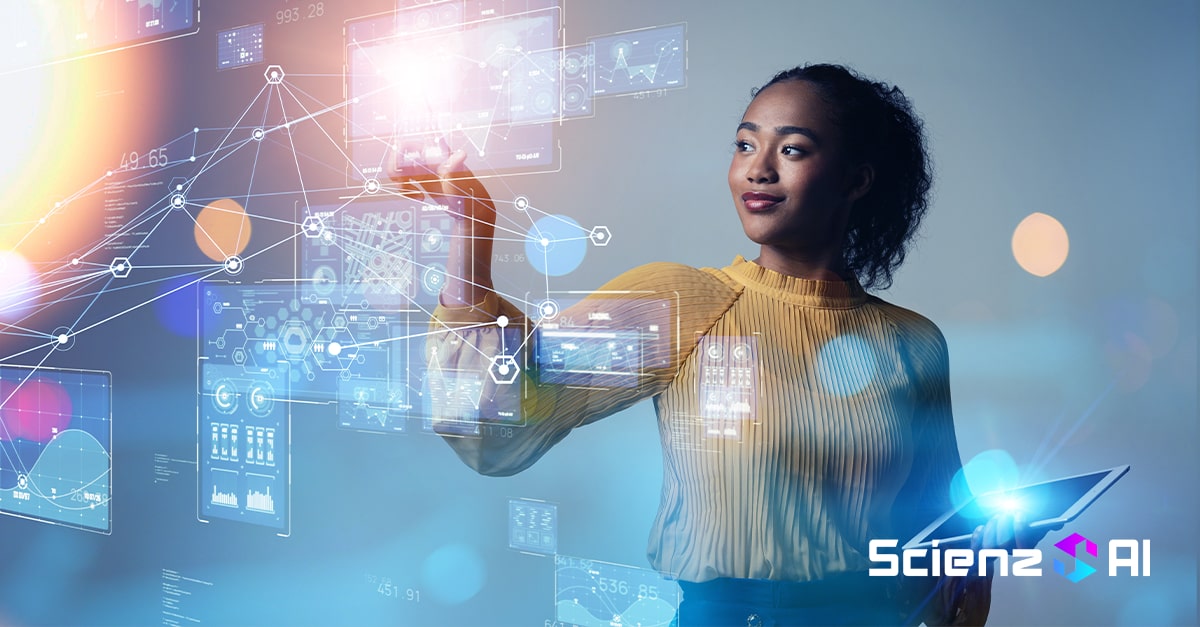The jury is still out on whether artificial intelligence – generative AI in particular – will break or reinforce the existing gender gap in the technology space, given how it is not spared of inherently having the risk of bias and exclusion.
Laura Ellis, head of technology forecasting at BBC, said that it’s hard to determine which existing biases AI-produced content is amplifying because users don’t know what datasets these models have been trained in.
As she asked in a Guardian report: “Where are the ‘godmothers’ of AI?”
Gender Equality in AI: The Current Situation
World Economic Forum data from 2021 suggests that women hold a mere 26 percent of data and AI positions, igniting questions about gender equality in AI and whether there are enough female voices in AI.
Tech leadership diversity is also under fire.
Days after the removal of Sam Altman as CEO of ChatGPT creator OpenAI, it came out in the open that his team assembled an all-male board, and more than 75 percent of the 702 employees who signed the letter supporting his return were men. The New York Times’ list of influential figures in AI also glaringly omitted women, sparking criticism in the AI community for neglecting women’s accomplishments in the field.
When it comes to jobs, the prospects appear dimmer for women in tech. The potential effects of GenAI are likely to differ significantly for men and women, with more than twice the share of female employment likely to bear the brunt of automation, a study from the International Labor Organization (ILO) found.
The culprit: Women are overrepresented in clerical work, particularly in high and middle-income nations. Clerical work had the greatest technological exposure, with nearly one-fourth of tasks considered highly exposed and more than half of tasks having medium-level exposure.
No Magic Fix, But …
Katya Moskalenko, London-based Measure Protocol’s product marketing manager, said that there’s no magic fix for current challenges around gender equality in AI.
“By having a more balanced representation, we can ensure that all new technologies, including AI, are inclusive and unbiased by design,” Moskalenko told MarTech as she sounded the alarm potentially worsening the existing gender gap in the tech industry.
She recommends the following steps for the women-in-tech advocacy:
- Diversify teams with more women, more people of color, and more minority groups to ensure diversity and inclusion.
- Maintain datasets that are diverse and inclusive to be fed into large language models (LLMs) powering AI products and solutions.
- Share best practices and the vulnerabilities found in AI systems to mitigate unintentional harm.
Recognizing Female Voices in AI
For industry insiders, gender equality in AI begins with honoring the women who are doing the work in the field, including women in marketing leadership who are leveraging AI, data, machine learning, and other technologies for their mission ahead.
Some of these leaders in AI include:
- Fei-Fei Li – Touted as the “godmother of AI,” the researcher who built ImageNet, a database that helps computers recognize images. Read her exhaustive Wired profile.
- Jane Pinelis, Ph.D. – Chief AI engineer at the Johns Hopkins University Applied Physics Laboratory, and former Chief of AI Assurance at the Department of Defense (DoD) Joint Artificial Intelligence Center (JAIC), where she led a diverse team of testers and analysts in rigorous testing, evaluation, and development of products and standards supporting AI testing.
- Sol Rashidi – Data and AI strategic advisor and former chief analytics officer at Estee Lauder. Rashidi is focused on creating a community among technologists and non-technologists to strengthen businesses in their marketplace and leverage new technology such as data science, product development, and data visualization for the common good.
- Linda Avery – Co-founder of LiveFire AI and former chief data and analytics officer at Verizon, serving as the visionary for data and analytics focused on harnessing the power of data and AI across the enterprise.
- Vivienne Ming, M.D. – Theoretical neuroscientist, delusional inventor, and “professional mad scientist,” she is the founder and CEO of founder of web app developer Socos Labs as well as co-founder and chief scientist of Dionysus Health, where she applied machine learning in the health battle against chronic stress in communities.
Tracking the Gender Deficit
Author and gender advocate Luba Kassova argued that while there’s an ongoing debate on the effectiveness of the “guard rails” – coding that seeks to correct data biases – there’s a seeming consensus on what can address the diversity gap in AI: AI itself.
What gets measured gets managed, said Lars Damgaard Nielsen, chief executive at Mediacatch.io and an advocate for using AI to track gender and ethnic bias existing in the media landscape.
The push is to measure women’s presence in the discourse, essentially seeking the perspectives of all genders, cultures, and groups in AI reporting, research, and even on enterprise business level.
Related Readings:
5 Steps for CMOs to Incorporate AI Into Their Marketing Strategy
5 Use Cases of AI in Marketing in 2024
AI-Powered Advertising 101: Benefits, Use Cases, and Prospects




